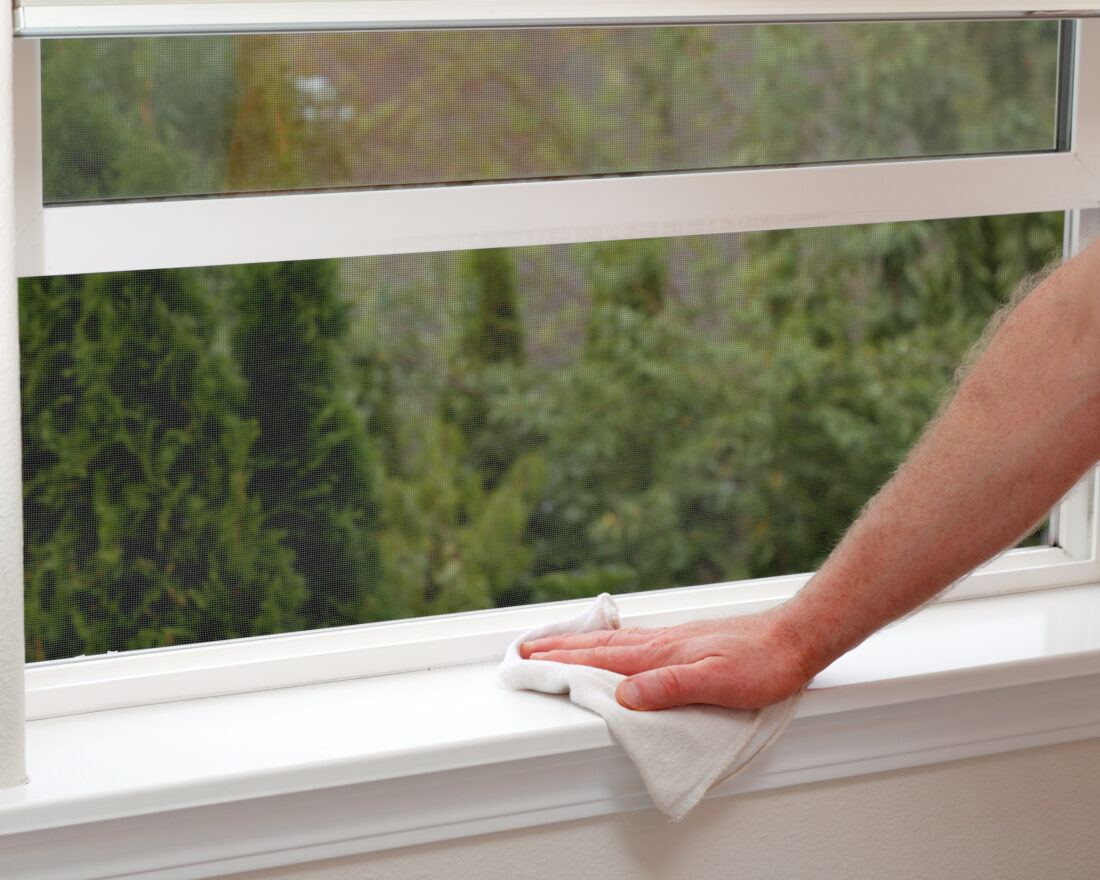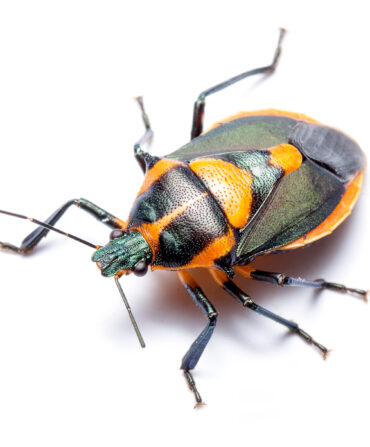Flowers are the messiest of exhibitionists, forcing us to clean up their public displays of affection just as our gaze starts to shift outdoors. And nothing heralds spring in the South like a screened porch flocked with velvety pollen.

Pollen’s fineness poses certain challenges—it penetrates the screen to coat the rest of the porch. And it scatters easily, by design, but is gummy enough to find purchase in every nook and cranny.
“You have to think in terms of removing it, not just moving it around,” says Rhydon Mays, one half of the married duo behind Amy’s Green Cleaning in Sautee, an arts-oriented community in the mountains of northeast Georgia. Their motto? “Every breath is a gift.”
Right now this outfit stays very busy handling the porches and decks of the nearby high-end lake district—lakes Burton, Rabun, and Seed. “It’s taken us twenty years to figure out the best way to get pollen off a screened porch, and in that time we’ve developed a method of ‘dry’ cleaning. It’s all about the methodology and the meticulousness.”
So as satisfying as a garden hose might feel in your hand, put it down. “Never wet it!” Mays says. “Water alone won’t remove pollen. It may look gone, but about 20 percent of it lingers, stickier than before. Pollen is an organic compound of the earth, so adding water just makes mud.”
Mays says 90 percent of the pollen is stuck on the inside of your screen. To remove it, avoid using terry cloth or T-shirt material, neither of which is absorbent enough. Instead, invest in a microfiber rag or a lamb’s wool duster, and start rubbing. “You have to make a mess to clean the mess,” he says.
Next, apply the same elbow grease to the exterior. Mays encounters porches built over the water. For hard-to-reach areas, he uses a truck-cleaning brush attached to a thirty-foot pole.
To tidy up what remains inside your porch, apply an all-purpose cleaner to a rag and start dabbing; do not spray the pollen directly. “No bleach or disinfectant,” Mays says. Amy’s Green Cleaning concocts its own blend—which you can make in your kitchen—of Castile soap, distilled water, and witch hazel, with essential oils of lavender and lemongrass. It smells floral, so you get the benefits of nature without the sneezing. Pollen is hardy. In a boon for the birds and bees, it can still carry out its mission four weeks after landing on your property. Flowers may be the most conspicuous lovers, but it’s the trees—pine and white oak and red oak—that produce the stickiest stuff, and they start first, followed by grasses. In the verdant South, laving it up feels annoyingly Sisyphean, so how often should you?
“The first time, here, is right after Mother’s Day,” Mays says. “Farther south of us, it’s after tax day. The old-timers use their tomato planting guide to know when to start.”
Expect to clean three times during the season, while you’re praying for a gully washer and summertime humidity.








